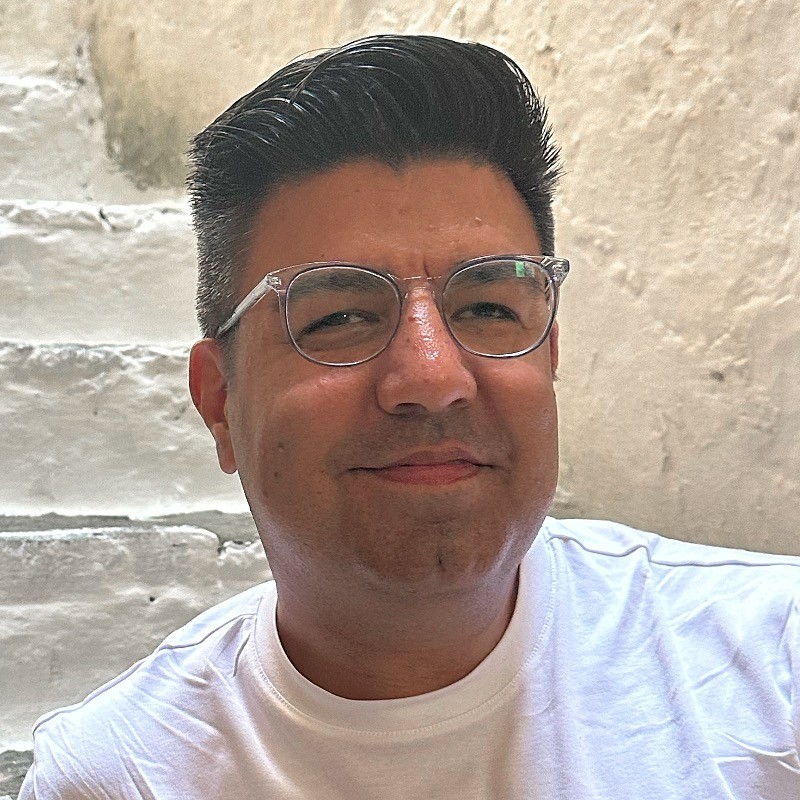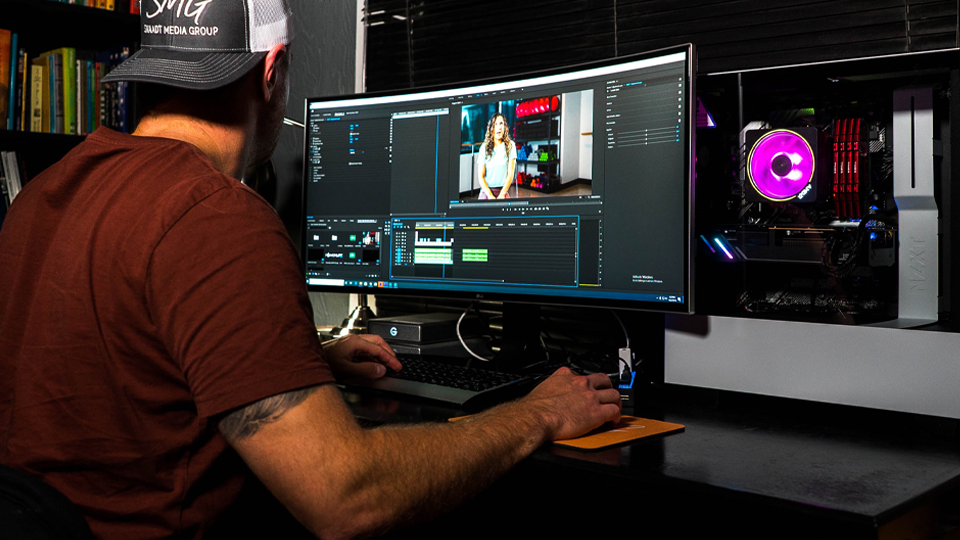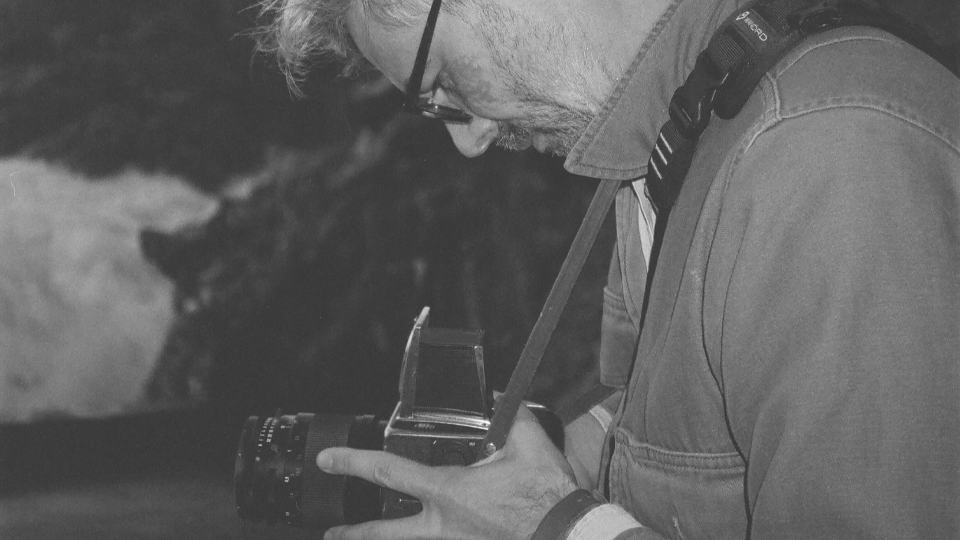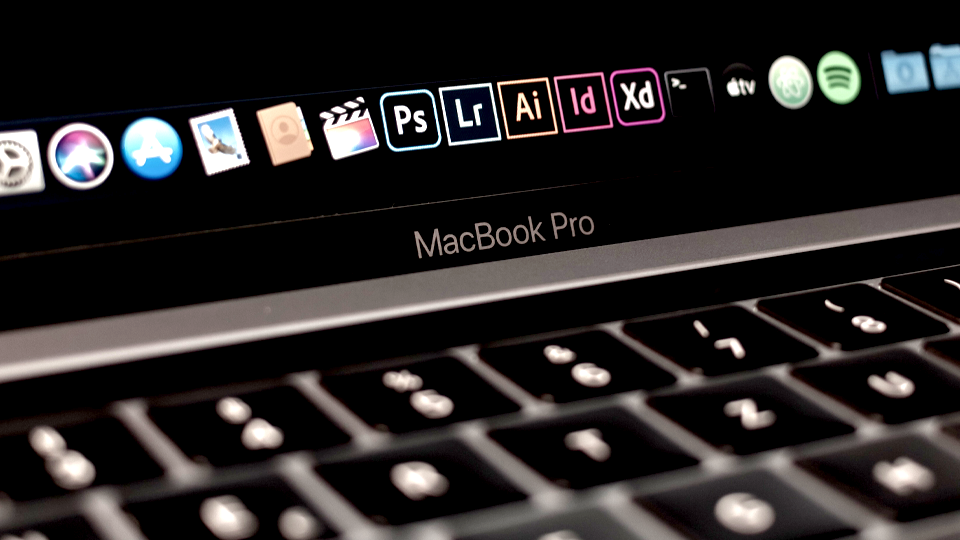Inside the studio: Emmy Award-winning filmmaker Riley "Red" Clinton on the secrets of filming & editing sports documentaries
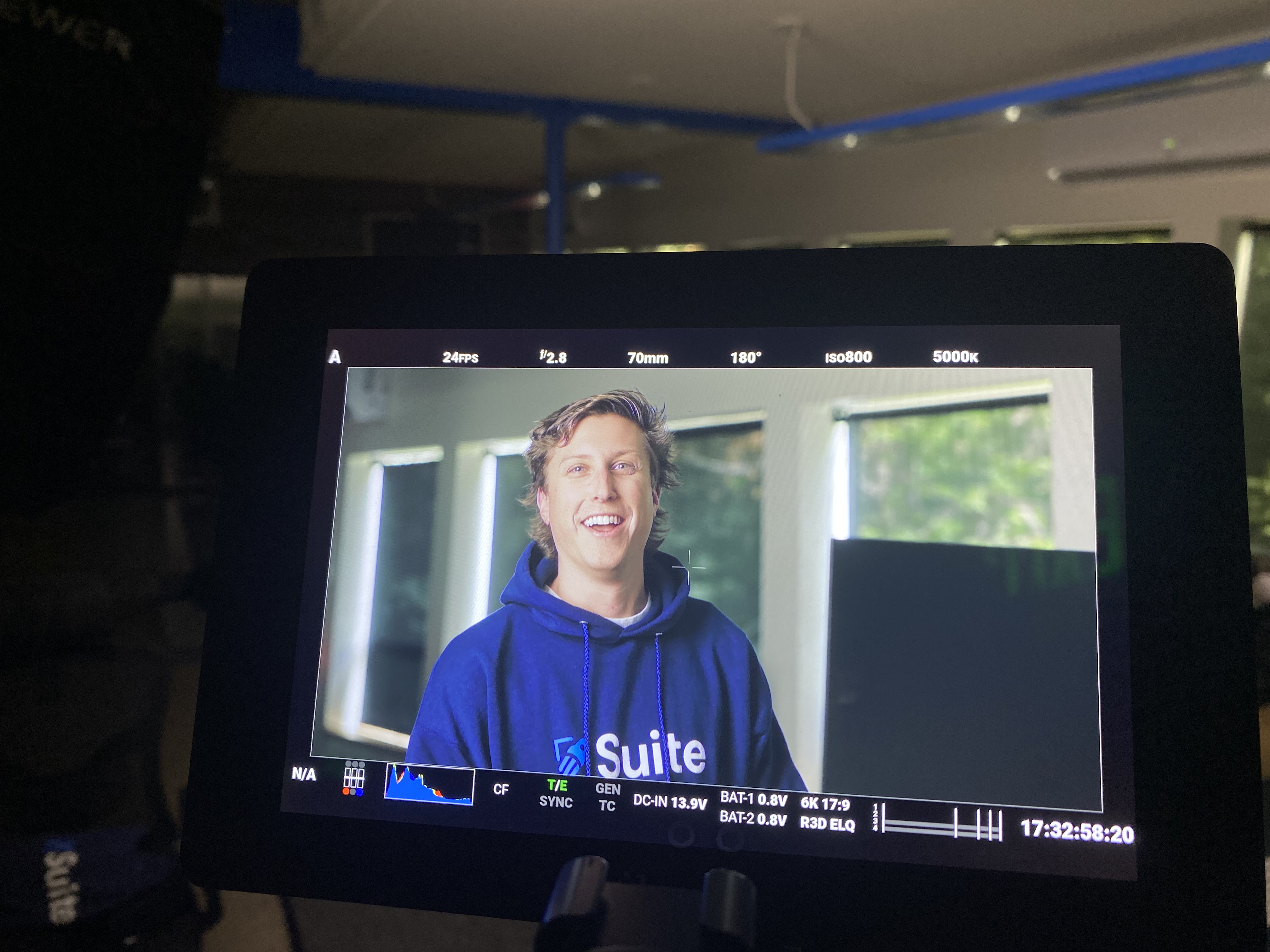
Samuel Taggart

8 Minutes

Inside the Studio: Dive into insightful interviews that uncover the methods, challenges, and inspirations of today's leading filmmakers & artists straight from the studio. Discover the story behind the art on The Render.
Riley “Red” Clinton finds himself the happiest when he’s positioned on the sidelines of a football field holding a camera, ready to capture whatever unfolds before him. A Colorado native, Clinton boasts an impressive list of accolades: He’s the co-founder of the emerging Denver-based, full-service production company, Boulder Media House; contracts regular work with the NFL, often covering Broncos games and, once, the Super Bowl; he won an Emmy for his post production work on the Tim Howard documentary, “Just The Beginning,” while working for the MLS’ Colorado Rapids; and the list of professional athletes, musicians, and other high-profile celebrities that he’s worked alongside gets longer every time you ask him a question about his film experience.
In Red’s world, there’s always another angle to shoot. He’s the kind of filmmaker who makes you feel comfortable in front of the camera, like it’s not even there—the kind of filmmaker who keeps the camera rolling to ensure there’s never a moment missed. Red’s best work brings the human element out of the most unforthcoming athletes.
While an innate interest in athletics (and hip hop music) has helped build bridges for Clinton with NFLers, pro basketball players, mainstream rappers, and others, he maintains a clear focus for his efforts behind the lens—to capture someone’s story without an agenda. And alongside a contagious positive energy and self-starter attitude, Clinton’s complementary ability to shape these raw, action-packed moments during the post production process sets him apart as a notable and emerging storyteller in the space. Here’s our exclusive conversation…

Tell me about the creative scene in Colorado—what’s it like compared to places like New York and Los Angeles? What’s been the importance of nurturing your local network in Denver?
In Colorado, we take so much pride in our state and the businesses here. You always hear about “supporting small businesses,” but once you actually land [in the position of running one] that’s when it really starts to click. The people that I employ locally, I’m paying their rent. After landing our first big contracts, we could see the impact ourselves—not only could we pay the bills, but we could buy a new camera and stuff like that…
It’s a small production industry out here. Once you break through and start meeting a few producers, you tend to meet everybody else pretty quickly, and there’s great talent. If we can get someone on-set with us a couple times a month, that can cover their bills. That's huge—that provides them the freedom to go do whatever else they want.
What's a piece of advice that you keep in your mind on every shoot?
Somebody once said to me: “It's not a real production until something goes wrong.” It’s knowing there are going to be problems. The comedian Louis C.K. has a good podcast quote about this idea; he explains it's just a big puzzle every time. There are different ways you can arrange it, but the whole process is just problem solving. You just have to roll with the punches. Then, it’s understanding the roles on-set and being able to communicate with everyone.

What has drawn you to filming sports and blending this passion with your profession?
Honestly, it goes back to my family. My dad was a photographer at University of Wisconsin and shot for the football team. After college, he went into tech and finance—but he told me that he wishes he would have just stuck with it and followed his true passion of photography. I grew up in an environment where it was encouraged to seek out what we loved. For me, it was always rap music and sports. Yes, I'm not a rapper, and when puberty hit, I sure as hell wasn't going to be a professional athlete [Laughs]—so I was like, alright, what's the next best thing? It became filming those moments, hanging out with those people, getting to experience [a taste of] that lifestyle.
When you're working with high-profile athletes, how do you build trust and rapport?
It starts with observing everything that's happening, understanding your place in the room. I've been in a lot of rooms with a lot of people—where I don't say a word the whole time. These NFL guys, these rappers, they don't want to talk to me in this moment. It’s just not my time. But it’s also so much about just being yourself when the time comes. Be confident, be yourself, stay focused on trying to provide value, and it's all gonna work out in the long run. I always ask myself: Why am I in this room and how am I creating value for everybody?
What are some of the unique challenges you face shooting documentary-style footage, action sports, and behind the scenes moments with big-name players?
With my focus, especially in NFL situations, the number one thing that plays into authenticity is keeping the athletes’ career the priority. We're not on a set—this is their real life and their career. If I'm in the wrong place on the field, filming, and one of the players runs into me and tears his ACL—like, I just f*cked up his career. Those consequences are very real. As a videographer, I'm there in a supporting role; I have to remind myself that I’m not in control of anything. What I do have control over is my camera, and how I'm interacting with the environment around me.

What are the “human moments” that have the most impact on your documentary work?
The number one thing that I always fight for, is telling your story with you. It's a human-to-human connection that I’m really trying to find. Coming at it like: We're friends, we're in the same family here, and I'm looking out for you. I'm not just dude from whatever sports network showing up, hitting you with the same generic questions, and then trying to paint you as the bad guy, or whatever it is. There's a reason that a lot of [athletes] don't trust the media, and don't like having cameras around, or audio, or anything… because they're just at-risk most of the time. The “main thing” is protecting them, their careers, their image—everything takes priority over my videos.
But while little moments can be great for like building rapport and getting [someone] in the right mindset, when sh*t hits the fan—like the person you’re covering just got cut from their team, and they don't have a job anymore—you [as the videographer] have to be ready to help push the conversation in that direction, and encourage that person feel comfortable enough to want to address those deeper topics. Sometimes you might sit there and talk about the worst thing that ever happened to them—maybe an NFL dream starting to die. That's very real sh*t. Athletes aren’t going to just open up to anybody—that's where the human connection means the most.
During your time with the Colorado Rapids, you won an Emmy Award for Post Production. What made the post production effort special on that documentary?
The biggest factor for me was the amount of time I was able to spend on that project. I joined the rapids in March of 2019—only one month into the season—and on my first day of the job the guy that hired me took me out to lunch to tell me he was putting in his two weeks. In that same moment, he also mentioned they had just started shooting for a documentary about Tim Howard. I [ended up] taking full control of it, and it was basically my baby for nine months.
The biggest benefit was that things happened in stages, like we needed to get to a certain point in the season to see if the team was going to make the playoffs. So the project got spaced out. I’d lay in bed at night, staring at the ceiling thinking about if I should put that one part in a different place… It was just nice to have the time to sit with it, walk away from it for two weeks, and come back to it with fresh eyes. It's crazy how much that benefits the post process.

What's your favorite part of the post production process?
It’s the aha! moments… ‘cause the whole thing is daunting, it keeps me up at night. Like, when I have 15 terabytes of footage for a documentary. There are times you know you have good clips—it's all there—but then you have to mold it.
What’s the influence of sound design and audio on the final cut?
My video teacher in high school, Mr. O'Brien, spoke about that a lot—it's half the video. You have to remember that. When you just have rough audio, it's way different than when the professionals, the real musicians, the real engineers, whatever, get the chance to mix and master. Those teams will pull from all the mics that they have planted [around a venue]… those sounds can add so much to a final edit, it makes you feel like you're there.
What gear is indispensable to your process?
As a documentary-focused filmmaker, knowing my camera kit inside-and-out is the most important thing. Knowing how many batteries and cards I have, and knowing how long I can film for. Because most of the time I’m just throwing the Pelican [case] in the back of whoever's car, then I’m along for the ride for the next 10 hours. It doesn't really matter exactly what gear you have, but optimizing it is important. You have to know your gear…
What's one story that needs to be told, but hasn't yet?
My mind goes to creating something like “The Last Dance,” featuring Michael Jordan. That’s the type of project where you get to film the whole time… the type of story told from the beginning and [the whole project] might take a decade or more. I might be able to only do like five, six of those [projects]. It makes me like appreciate every story, every moment, being on the road, whatever it might be… Documentaries are not an easy way to make money. If anything, it's a very bad way to make money because you have to put so much time and effort in up-front.
A moment like Michael Jordan sitting in the locker room after a win, or after a loss when he’s betting with the security guard, playing dice—that is one of the coolest moments ever. Most people wouldn't know about it if there wasn't a camera around. I take pride in being able to capture unique, historic moments. It's a grind, and you gotta film a lot to get those moments. But that’s part of the fun, like with editing, when you have that aha moment, it clicks, and it makes the last three months of grinding and living in the airport totally worth it.
Click here to check out more of Red's work with Boulder Media House.
Click here to read more exclusive interviews on The Render.











